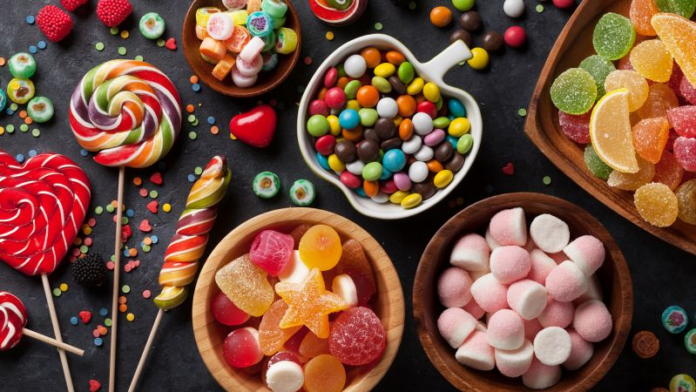CNN —
The Trump administration plans to take action to remove artificial food dyes from the nation’s food supply, according to a media advisory sent by the US Department of Health and Human Services on Monday.
HHS Secretary Robert F. Kennedy Jr. and US Food and Drug Administration Commissioner Marty Makary will share more about the administration’s plans on Tuesday, the advisory said.
In January, when former President Joe Biden was still in office, the FDA announced that it had banned the use of red dye No. 3 in food, beverages and ingested drugs. The move came more than 30 years after scientists discovered links to cancer in animals.
The Trump administration appears poised to take action on a broader set of petroleum-based synthetic dyes that are used to make food and beverages brightly colored and more appealing to consumers.
In March, Kennedy joined West Virginia Gov. Patrick Morrisey to support newly signed legislation to ban certain synthetic dyes in food. The state was the first to institute a sweeping ban on synthetic food dyes, which have been tied to issues with learning and behavior in some children and of which Kennedy has been an outspoken critic.
Lawmakers in more than half of states – both Republican- and Democrat-led – are pushing to restrict access, according to a tracker by the Environmental Working Group, a nonprofit environmental health organization, reflecting a bipartisan push toward a safer food system.
Artificial food dyes are not explicitly mentioned in president’s order forming the commission to “Make America Healthy Again,” but some Republican legislators have invoked Kennedy’s “MAHA” motto in their proposals.
With a patchwork of state-led regulations bubbling, industry associations have pushed for a more consistent federal standard.
The National Confectioners Association said in March that there is a role for state legislators to play in the US food system, but that the FDA is the “rightful national regulatory decision maker and leader in food safety.” Some of the association’s member companies sell products containing artificial dyes.
“Food safety is the number one priority for U.S. confectionery companies, and we will continue to follow and comply with FDA’s guidance and safety standards,” the association added via email.
John Hewitt, senior vice president of state affairs at the Consumer Brands Association, echoed this sentiment earlier this year, saying it’s why the trade association has urged the FDA to “aggressively acknowledge its responsibility as the nation’s food safety regulator.”
Governments, researchers and nonprofit organizations have long raised concerns about artificial dyes.
Red No. 3, red No. 40, blue No. 2 and green No. 3 all have been linked with cancer or tumors in animals. Other sources say red No. 40 and yellow No. 5 and No. 6 contain or may be contaminated with known carcinogens.
Blue No. 1 and yellow No. 6 may also be toxic to some human cells. And as little as 1 milligram of yellow dye No. 5 may cause irritability, restlessness and sleep disturbances for sensitive children.
But experts have criticized the lack of funding for more research, and minimal action taken by the federal government to regulate the dyes.
“It’s been obvious from RFK Jr’s statements that this was going to happen. This is an easy one. Non-petroleum substitute dyes are available and used widely in other countries by the same companies that sell products here. Companies have been promising to get rid of the petroleum dyes for years. The time has come,” said Marion Nestle, a prominent food policy researcher. “In public health terms, this is low-hanging fruit. I want to see RFK Jr. take on ultra-processed foods, a much tougher problem and a far more important one.”
Food dyes are most commonly used in foods of low nutritional value such as candy and soft drinks, according to the Center for Science in the Public Interest, a nonprofit consumer advocacy group. But experts say that they may also be found in products that aren’t conspicuously colorful.
Consumers who want to avoid artificial dyes can check ingredient lists on food and beverage products.
CNN’s Meg Tirrell contributed to this report.



